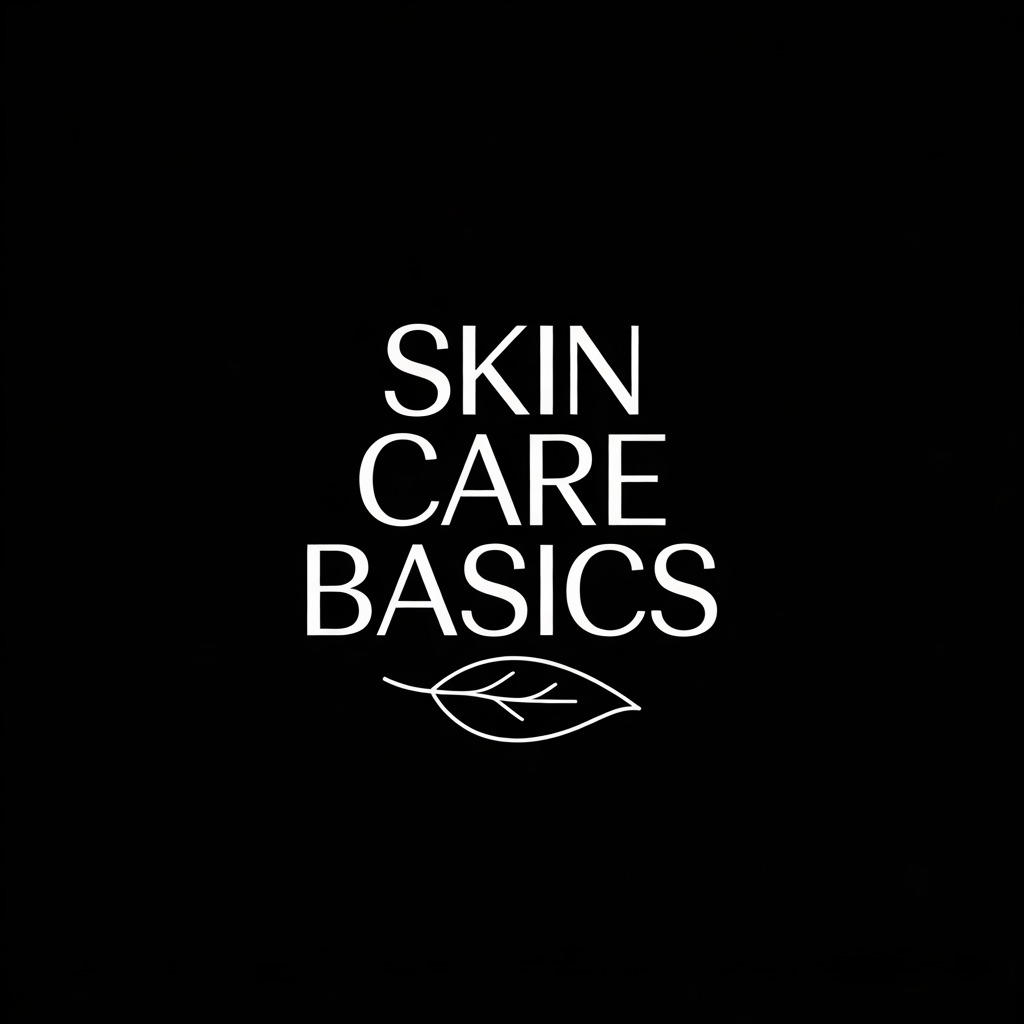Is Your Vitamin C Serum Doing More Harm Than Good.
Imagine applying a serum that promises to brighten your skin, only to find it leaving behind irritation and redness instead. While vitamin C serums are celebrated for their antioxidant properties, they can sometimes backfire due to instability and poor formulation. If you’re using one, it’s crucial to assess its quality and effectiveness. What if your go-to product is doing more harm than good? Let’s explore the factors that could be affecting your skin’s health.
Key Takeaways
- Redness, dryness, or breakouts may indicate irritation or incompatibility, suggesting the serum could be harmful to your skin.
- Oxidation can occur if the serum shows yellowing or browning, indicating reduced effectiveness and potential harm.
- A pH outside the optimal range of 2.5-3.5 can cause irritation and diminish the serum’s benefits.
- Poor ingredient transparency and vague terms like “vitamin C derivatives” may lead to using low-quality products that don’t deliver results.
- Improper storage or exposure to light and air can compromise the serum’s potency, making it less beneficial for your skin.
Understanding Vitamin C and Its Benefits
Vitamin C, a potent antioxidant, plays a crucial role in maintaining skin health and promoting a youthful appearance.
To maximize its benefits, consider these vitamin C tips: first, opt for serums with at least 10% concentration to ensure effectiveness. Apply it in the morning for optimal protection against environmental stressors. Pair it with sunscreen to enhance its photoprotective properties. Additionally, store your serum in a cool, dark place to prevent oxidation.
Incorporating vitamin C into your skincare routine can reduce signs of aging, improve skin texture, and brighten your complexion, making it an essential ingredient for achieving radiant skin. However, be cautious, as some vitamin C serums may lead to potential drawbacks if not chosen wisely.
Common Issues With Vitamin C Serums
Many users encounter common issues when incorporating vitamin C serums into their skincare routines.
One prevalent problem is instability; vitamin C can degrade quickly when exposed to light and air, reducing its effectiveness.
Users may also experience irritation, particularly those with sensitive skin, as high concentrations can lead to redness or a burning sensation.
Additionally, improper formulation can result in poor absorption, leaving you frustrated with minimal results.
Lastly, combining vitamin C with certain ingredients, like retinol or alpha hydroxy acids, can cause adverse reactions, making it essential to understand how to layer your products effectively for optimal benefits. To achieve a harmonious skincare routine, consider choosing complementary ingredients that enhance each other’s effectiveness.
How to Identify Low-Quality Products
To identify low-quality vitamin C serums, start by examining ingredient transparency; reputable brands will list all components clearly. Additionally, consider the packaging quality, as proper containers can protect the serum from light and air, maintaining its efficacy. Furthermore, look for effective skincare ingredients that have been proven to deliver results, as these can significantly enhance the serum’s effectiveness.
Ingredient Transparency Matters
How can you discern quality in a market flooded with skincare products?
Start by examining ingredient transparency.
High-quality vitamin C serums clearly list their active ingredients, concentrations, and sources.
Look for products containing L-ascorbic acid, the most effective form of vitamin C, ideally in concentrations between 10-20%.
Avoid serums with vague terms like “vitamin C derivatives,” as they may lack efficacy.
Check for additional beneficial ingredients, such as ferulic acid or vitamin E, which enhance stability and effectiveness.
Lastly, be wary of products with excessive fillers or artificial fragrances, as these can indicate low-quality formulations that compromise your skin’s health.
Packaging Quality Check
Packaging plays a crucial role in the effectiveness and longevity of vitamin C serums.
When choosing a product, you should be aware of the packaging quality, as it directly affects the serum’s stability and potency.
Look for:
- Opaque bottles: These protect the serum from light, which can degrade vitamin C.
- Air-tight seals: To prevent oxidation and contamination, ensuring the product stays effective.
- Dropper dispensers: They allow for precise application while minimizing exposure to air.
The Importance of Ph Balance in Vitamin C Serums
Understanding the pH balance of vitamin C serums is crucial for maximizing their effectiveness and minimizing skin irritation. An optimal pH range typically falls between 2.5 and 3.5, which not only enhances the serum’s stability but also ensures your skin can tolerate it. Additionally, maintaining a proper skin care routine can significantly help in reducing sensitivity and ensuring that your vitamin C serum works effectively.
Optimal Ph Range
The optimal pH range for vitamin C serums is crucial for ensuring their effectiveness and stability.
Typically, a pH between 2.5 and 3.5 is ideal, allowing for maximum absorption and activity.
When the pH strays too far from this range, you risk diminishing the serum’s benefits.
- Low pH enhances vitamin C’s potency.
- Higher pH can lead to oxidation and reduced efficacy.
- Consistency in pH ensures reliable results over time.
Skin Irritation Risks
How can the pH balance of vitamin C serums impact your skin’s health?
A serum with a pH below 3.5 can lead to skin irritation, redness, and a compromised barrier.
Your skin’s natural pH hovers around 4.5 to 5.5, so highly acidic formulations can disrupt this balance, causing sensitivity.
Conversely, if the pH is too high, the serum may become ineffective.
Understanding these pH dynamics is crucial to prevent adverse reactions and ensure the serum provides its intended benefits.
Always choose a vitamin C product that maintains a suitable pH, safeguarding your skin’s health while reaping antioxidant advantages.
Formulation Stability Factors
Maintaining the right pH balance in vitamin C serums is crucial for their formulation stability and efficacy.
If the pH is too high or too low, it can lead to degradation of the active ingredient, reducing its antioxidant properties.
Consider these factors to ensure your serum’s effectiveness:
– Optimal pH Range: Ideal formulations typically range between 3 and 3.5 for maximum absorption.
– Stability Agents: Look for serums with stabilizing agents like ferulic acid to enhance longevity.
– Packaging: Dark, airtight containers protect from light and air exposure, preserving the serum’s potency.
Understanding these aspects can help you choose a more effective product.
Tips for Proper Storage and Usage
Where you store your vitamin C serum can significantly impact its effectiveness and longevity. To maintain its potency, keep it in a cool, dark place, away from direct sunlight and humidity. Always close the cap tightly after use to prevent oxidation. Here are some essential tips for storage and usage:
| Storage Tips | Usage Tips | Frequency |
|---|---|---|
| Store in a fridge | Apply after cleansing | Daily, morning/night |
| Use a dark bottle | Layer with sunscreen | Consistent application |
| Avoid bathroom shelf | Patch test first | Reassess after 3 months |
Following these guidelines ensures optimal performance of your serum. Additionally, using a stable formulation can help prevent oxidation issues that may diminish its effectiveness.
Alternatives to Vitamin C Serums for Skin Health
While vitamin C serums are popular for their brightening and anti-aging benefits, several effective alternatives can also enhance skin health.
You might consider incorporating these options into your skincare routine:
- Niacinamide: This vitamin B3 derivative reduces inflammation, improves skin elasticity, and minimizes hyperpigmentation.
- Alpha Arbutin: A stable form of hydroquinone, it brightens skin and reduces dark spots without irritation.
- Hyaluronic Acid: Known for its intense hydration properties, it plumps the skin and enhances overall texture, making it a versatile ingredient in skincare formulations.
These alternatives can deliver noticeable results without the potential drawbacks of vitamin C serums, making them worth exploring for your skin health.

